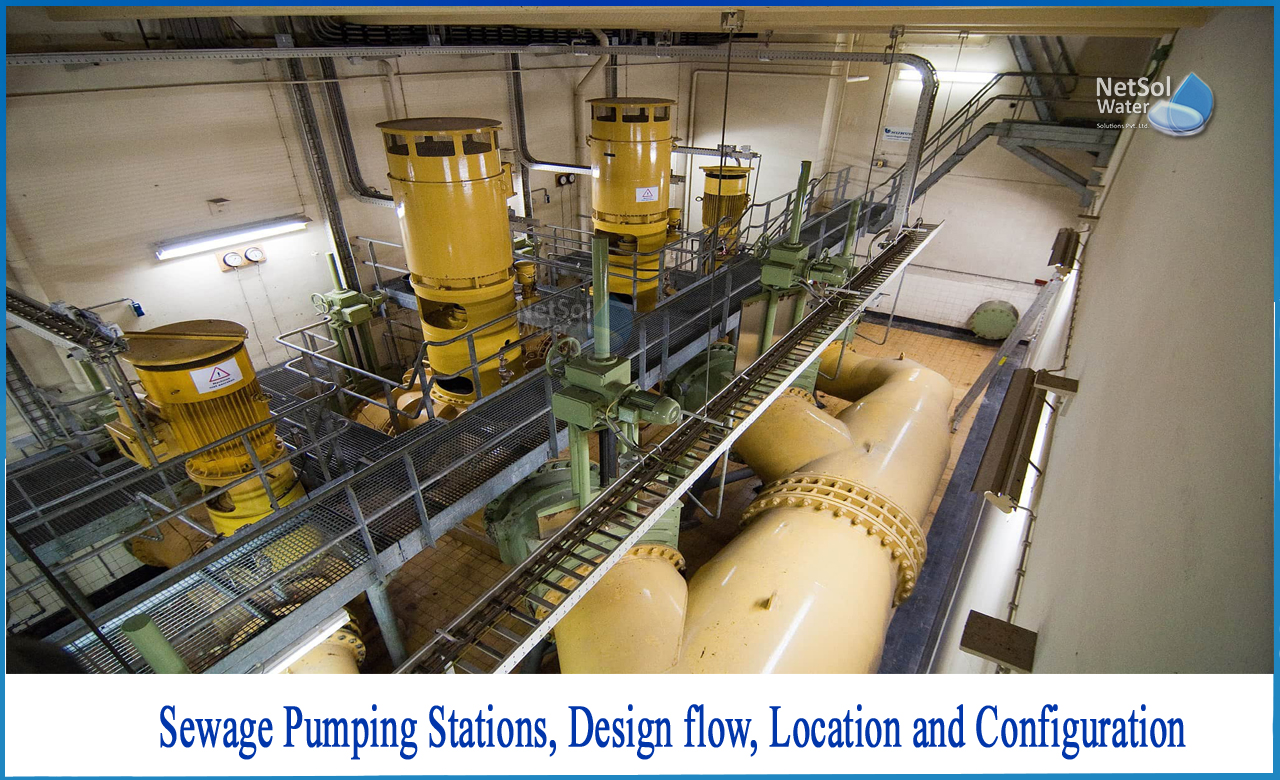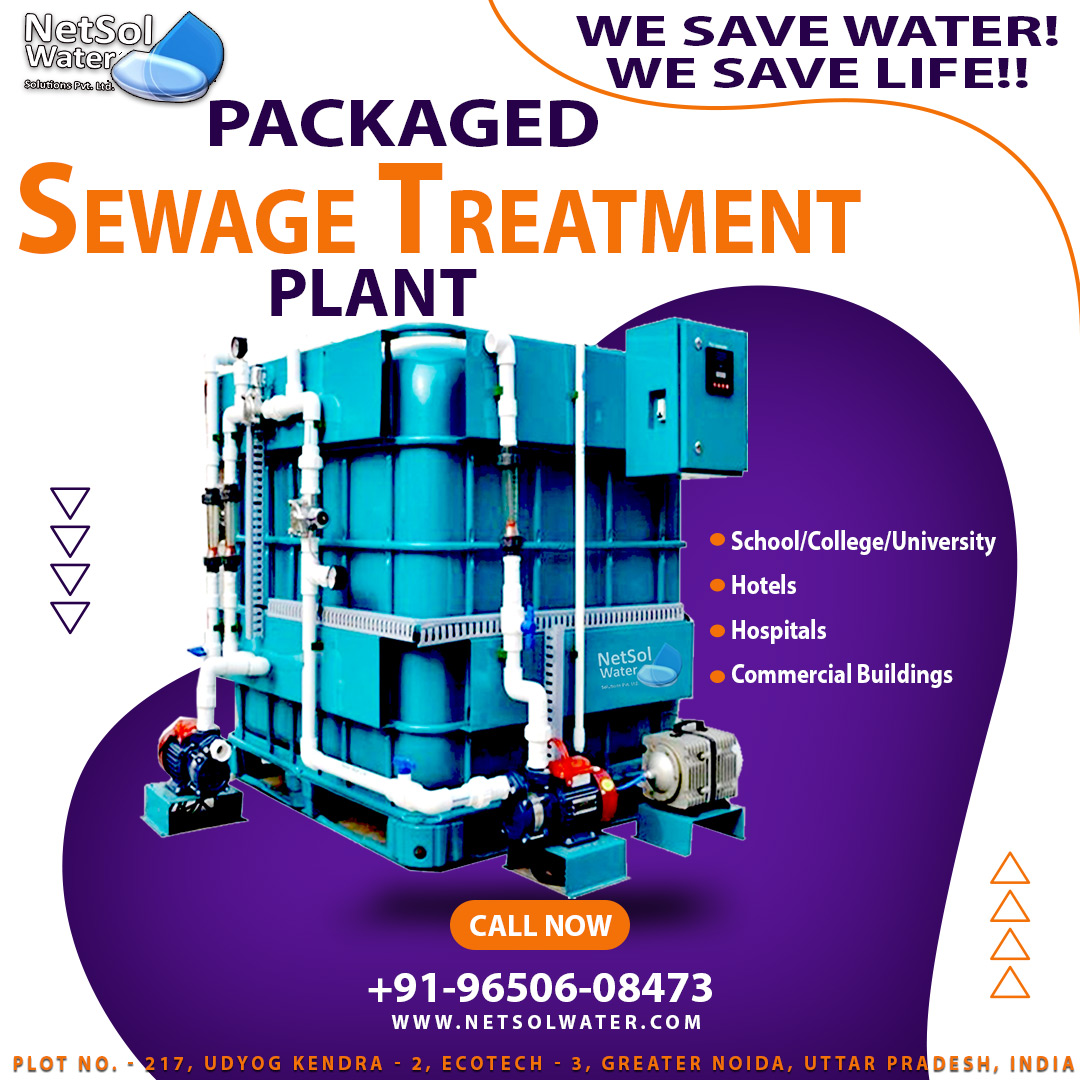What are Sewage Pumping Station?
Sewage pumping stations (also known as lift stations) are used to convey wastewater to higher altitudes so that the gravity flow may take it to an underground pit or wet well. Electrical equipment is installed in the wet well to detect the amount of wastewater present. When the wastewater level reaches a specified level, a pump begins to pull the wastewater upwards through a pressured pipe system, which discharges the wastewater into a gravity manhole. The cycle then repeats itself until the effluent reaches its final destination, which is often a wastewater treatment plant.
Pumping stations handle sewage either as-
i) In-line, for pumping the sewage from a deeper sewer to a shallow sewer, or
ii) For conveying to the treatment plant or for outfall pumping.
Why do we need a Sewage Pumping Station?
They're needed when sewage from low-lying development areas can't be drained to existing sewerage infrastructure by gravity, or when development areas are too far away from accessible sewerage infrastructure to be connected by gravity.
Other places where sewage pumping station is required are:
i) When the cost of groundworks to allow sewage to flow by gravity outweighs the cost of a sewage pumping station.
ii) When the sewer line passes over a ridge.
iii) If basement floors are too low to allow sewage flow by gravity.
Design flow for sewage pumping stations
Sewer flow fluctuates from hour to hour and season to season. However, for hydraulic design purposes, predicted peak flows are used. The peak factor, or the ratio of maximum to average flows, is determined by the population of contributors. Peak factors are also affected by population density, site topography, and water supply hours, therefore particular instances may be investigated further if necessary. The lowest flow might range from 1/3 to 1/2 of the average flow.Design flows may be determined for new towns based on the design population and predicted water consumption for household, commercial, and industrial activities.
What should be the location and configuration of a pumping station?
To ensure that the entire area can be adequately drained, a comprehensive study of the area to be served needs to be done. As the location of the pumping station will often be determined by the future overall development of the area, so special consideration has to be given to under developed or developing areas and to probable future growth. The site should be aesthetically satisfactory. The pumping station must be situated and designed in such a way that it is never inundated. In all weather circumstances, the station should be conveniently accessible.
Pumping stations are usually found around a development's lowest point. However, each pumping station's location and orientation must be examined separately and based on the following criteria:
a) Local topography and slope of the ground,
b) Proposed layout of the particular development and of future developments,
c) Proximity of proposed and/or existing sewerage infrastructure,
d) Size and type of the pumping station,
e) Availability of power, water, etc.
f) Potential for site inundation.
Inundation is the most important of them, and it may cause serious environmental and health issues if raw sewage is discharged to the surface owing to flooding of the wet well, or if the system fails due to a partially/fully submerged switchboard.Severe scouring around buildings, particularly around the wet well and valve chamber, may occur as a result of flooding, potentially causing damage to vital components such as the electrical switchboard. Because of this the top of the wet well wall, valve chamber walls, and top of the plinth, are all set at levels that prevent those buildings from being flooded.
If you need any advice or assistance on selecting the best water and wastewater treatment unit or further information on sewage pumping stations,
Call Netsol Water On+91-965-060-8473;




